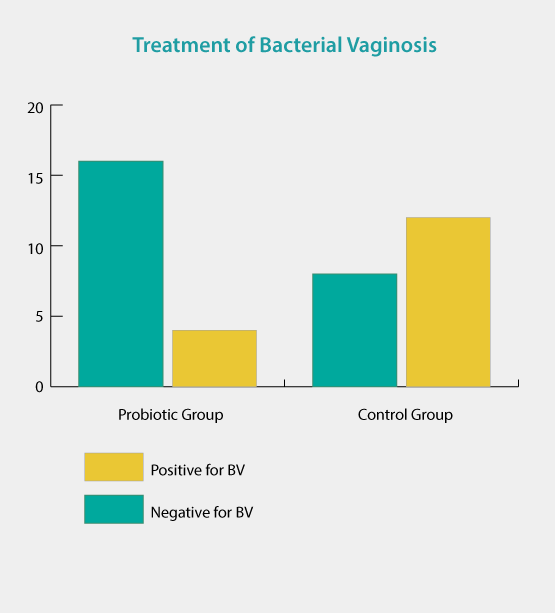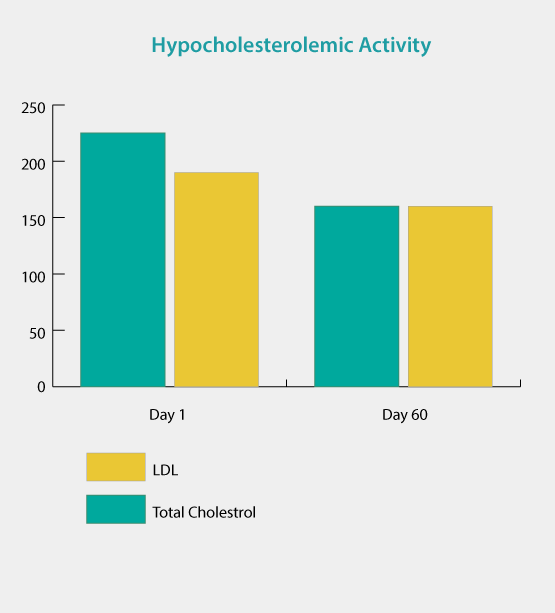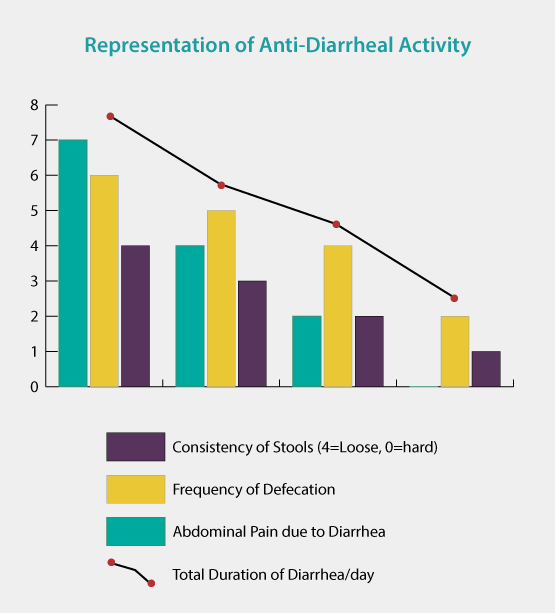Bacillus Coagulans
Bacillus coagulans is a gram positive, spore forming bacterium. It is non-pathogenic and safe for human consumption. Being naturally encapsulated, it is a very tough and stable probiotic making it the probiotic of choice in the food and pharmaceutical industry.
Benefits of Bacillus Coagulans
- Improves growth and Feed Conversion Ratio(FCR)
- Enhances gastrointestinal health by balancing gut microflora
- Enhances coat texture in pets
- Effective against chronic diarrhea
- Improves immunity in dogs, chickens and other farm animals by stimulating antibodies against pathogens
The hard exterior of Bacillus coagulans confers the following features:
| High survivability | Can withstand the harsh environment of stomach acid (low pH) and bile juices to reach the intestine where it colonizes |
| Highly resilient | Can survive the shipping, manufacturing, and transport processes without loss of any viability |
| Superior viability | Stable at room temperature, requires no refrigeration |
| Resistant to a greater range of temperature | Can survive a range of temperatures - high boiling to low freezing temperatures. This has a wide application in the food industry as it can be incorporated into a broad range of foods |
| Needs no micro encapsulation | Makes it a cost effective probiotic which can be incorporated into a wide range of foods |
| Availability | Bulk Powder 6/15/25/50/100/150/200/250 billion cfu /gram |
| Finished forms | Capsules, Sachets and Enteric coated pellets |
| Stability | Stable at room temperature for 3 years |
| Compatible with | Therapeutic uses | Food Applications |
| Vitamins | Digestive upsets | Bakery |
| Enzymes | Diarrhea | Beverages |
| Electrolytes | Constipation | Dairy Products |
| Proteins | Lactose intolerance | |
| Carbohydrates | Bacterial Vaginosis | |
| Cholesterol Reduction | ||
| Immunity Enhancement |
Specifications for Bacillus Coagulans
| Description | Free flowing, greyish white powder with characteristic odour and slightly sweet taste |
| Identification | The spores are seen as small terminal oval shaped retractile bodies at the end of each vegetative cell |
| Lactic Acid Producing Capacity | Not less than 12ml of 0.05 N Sodium hydroxide should be consumed |
| Water activity (aW) | Not more than 1.0 |
| Standard concentration | 6/15/25/50/100 Billion cfu/g |
| Pathogens: Escherichia coli Salmonella species Staphylococcus aureus Pseudomonas aeruginosa |
Should be absent/10g Should be absent/10g Should be absent/g Should be absent/g |
| Yeast & Mould Count | Not more than 100 cfu/g |



